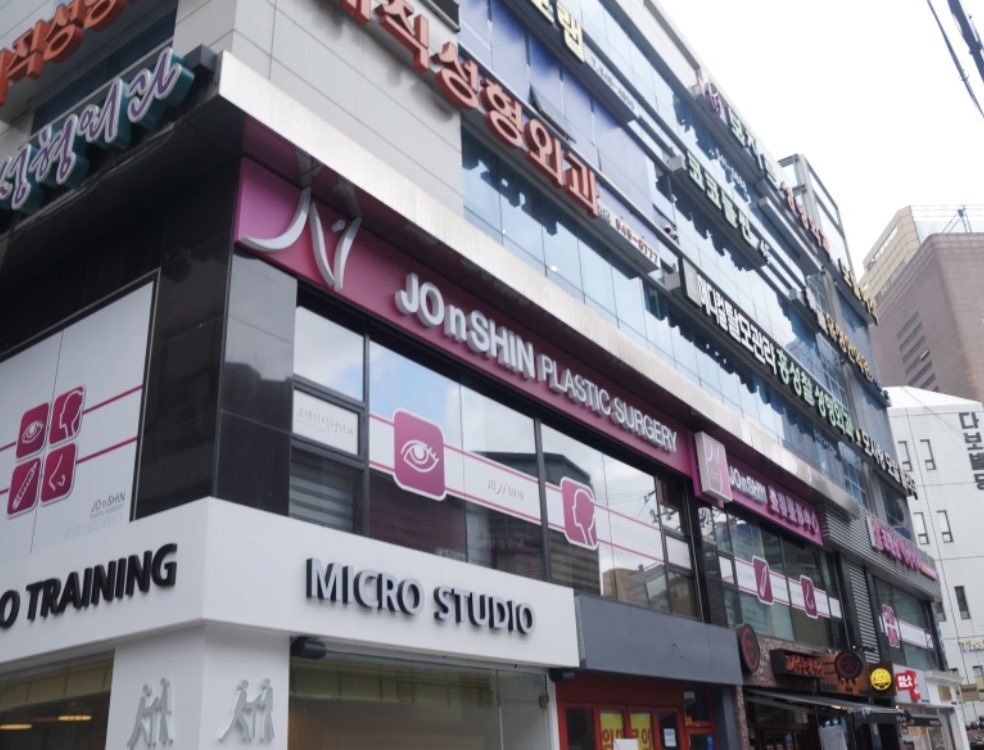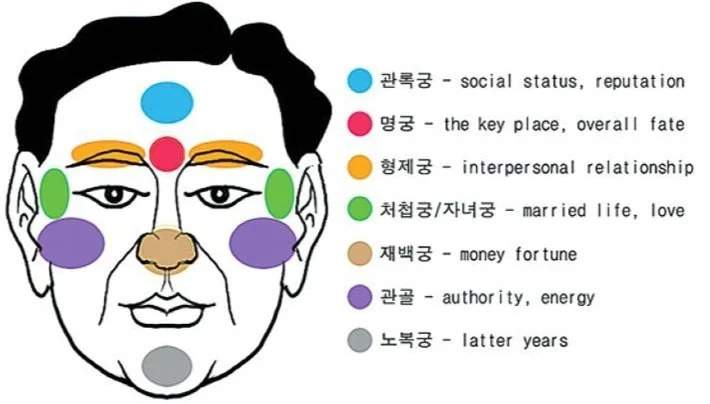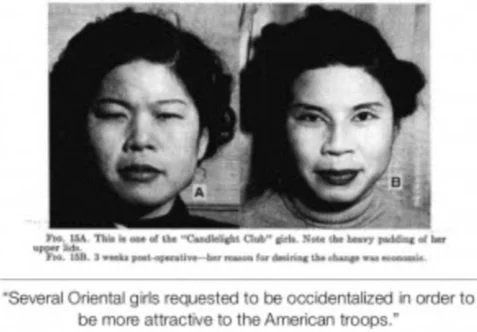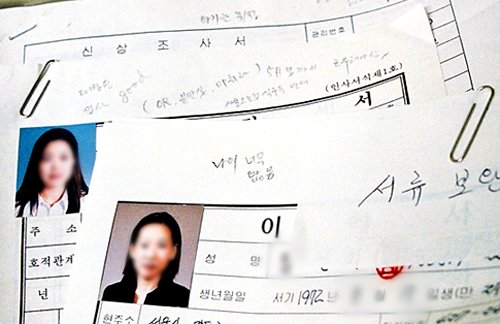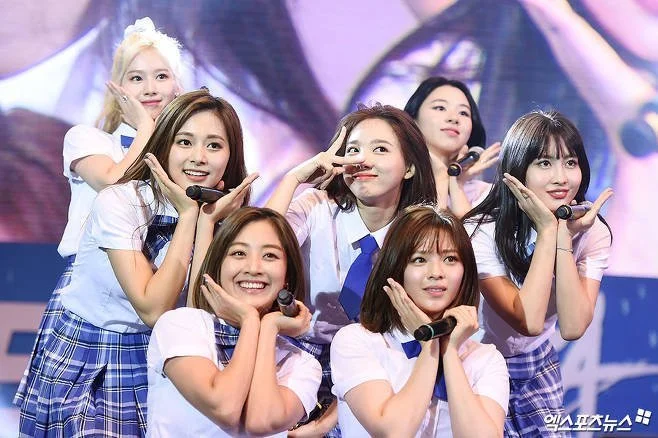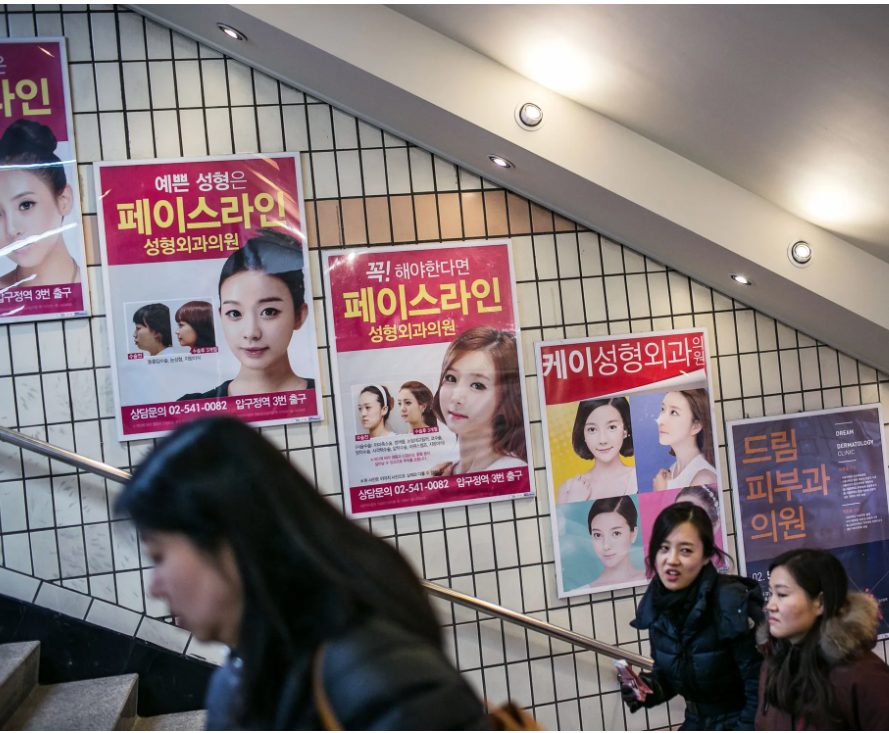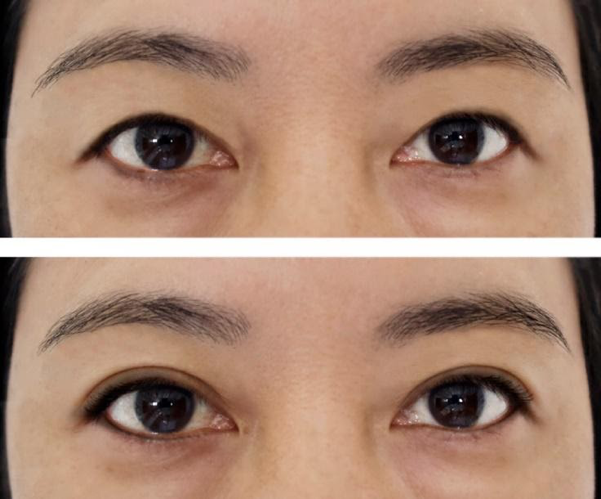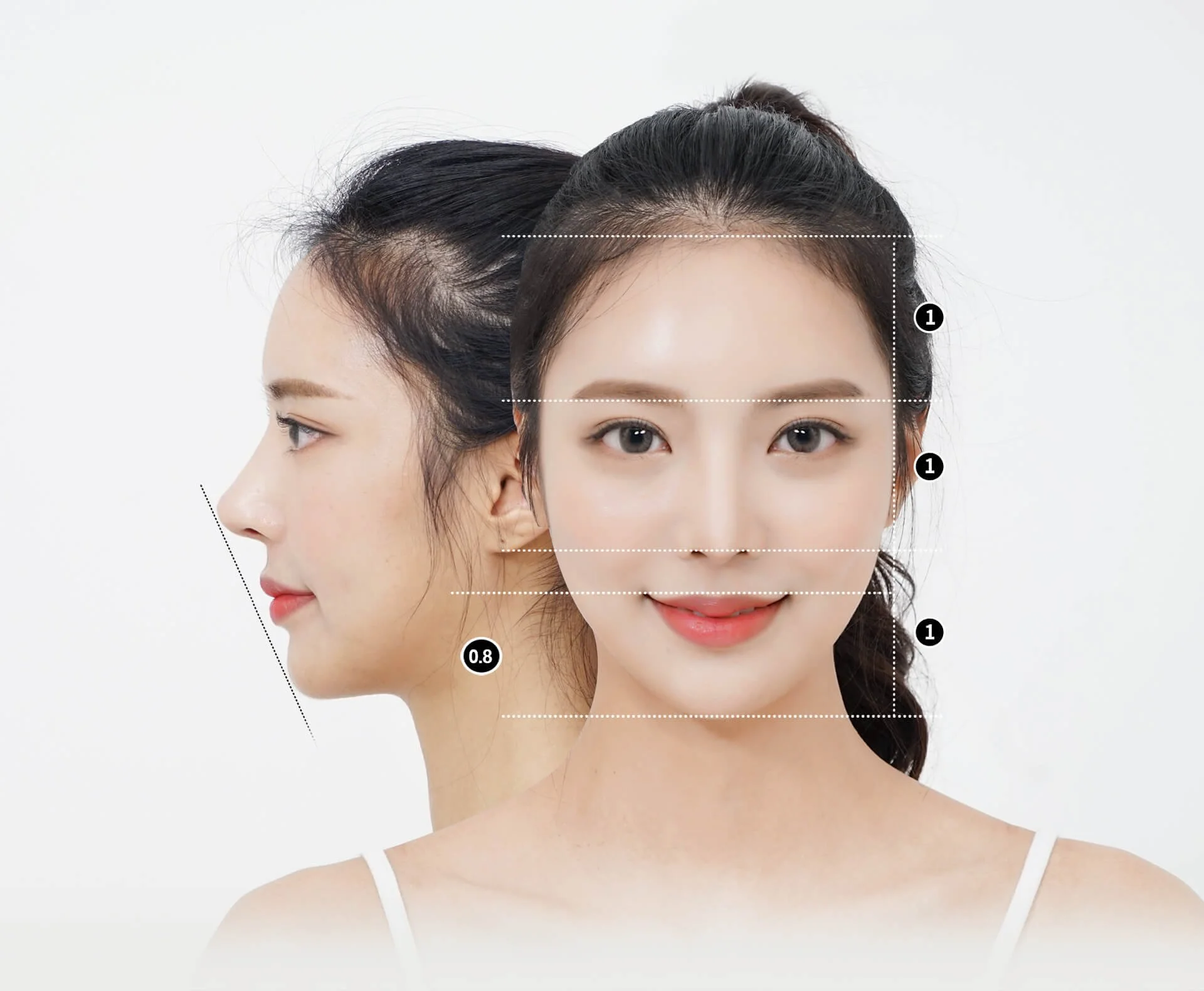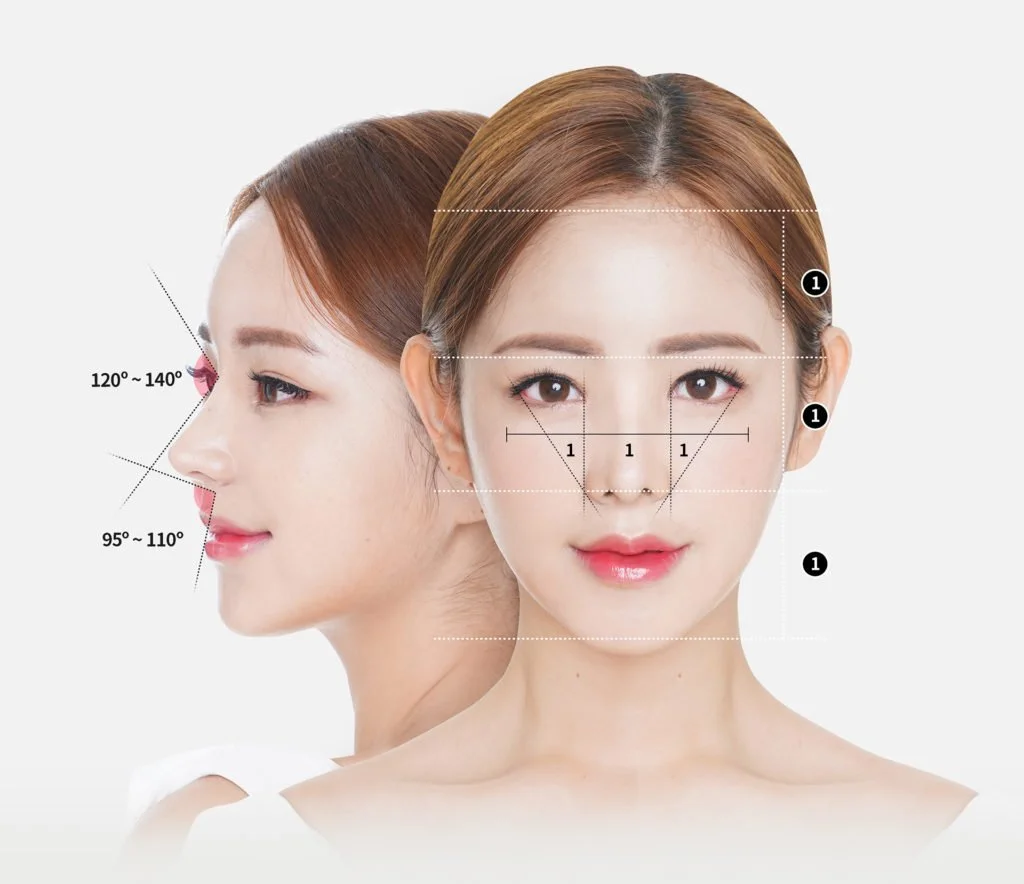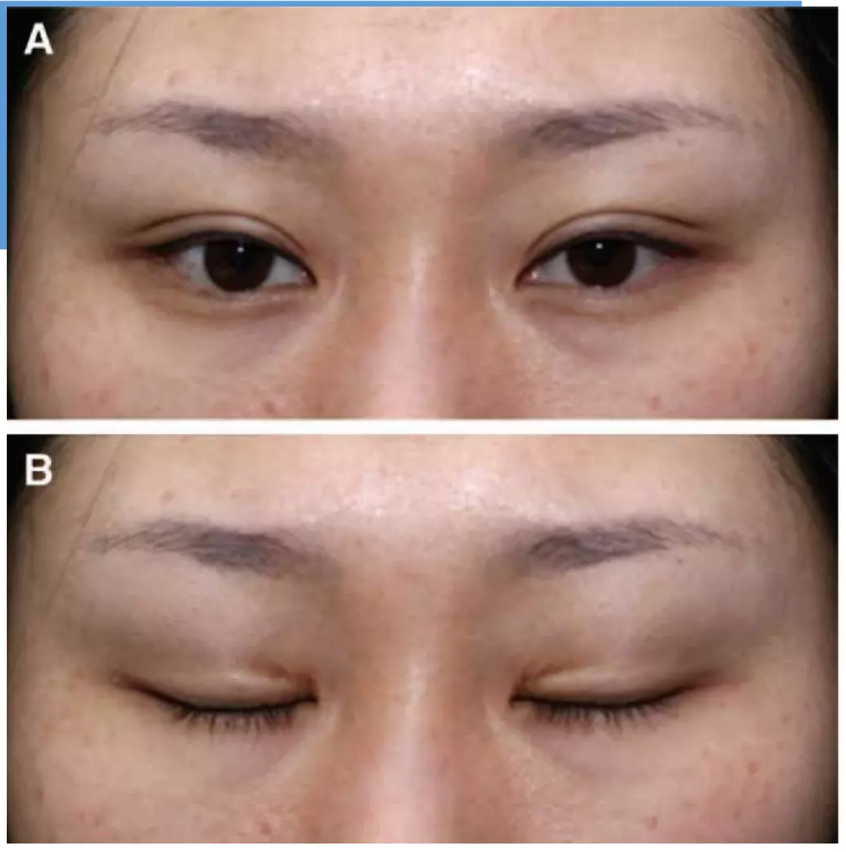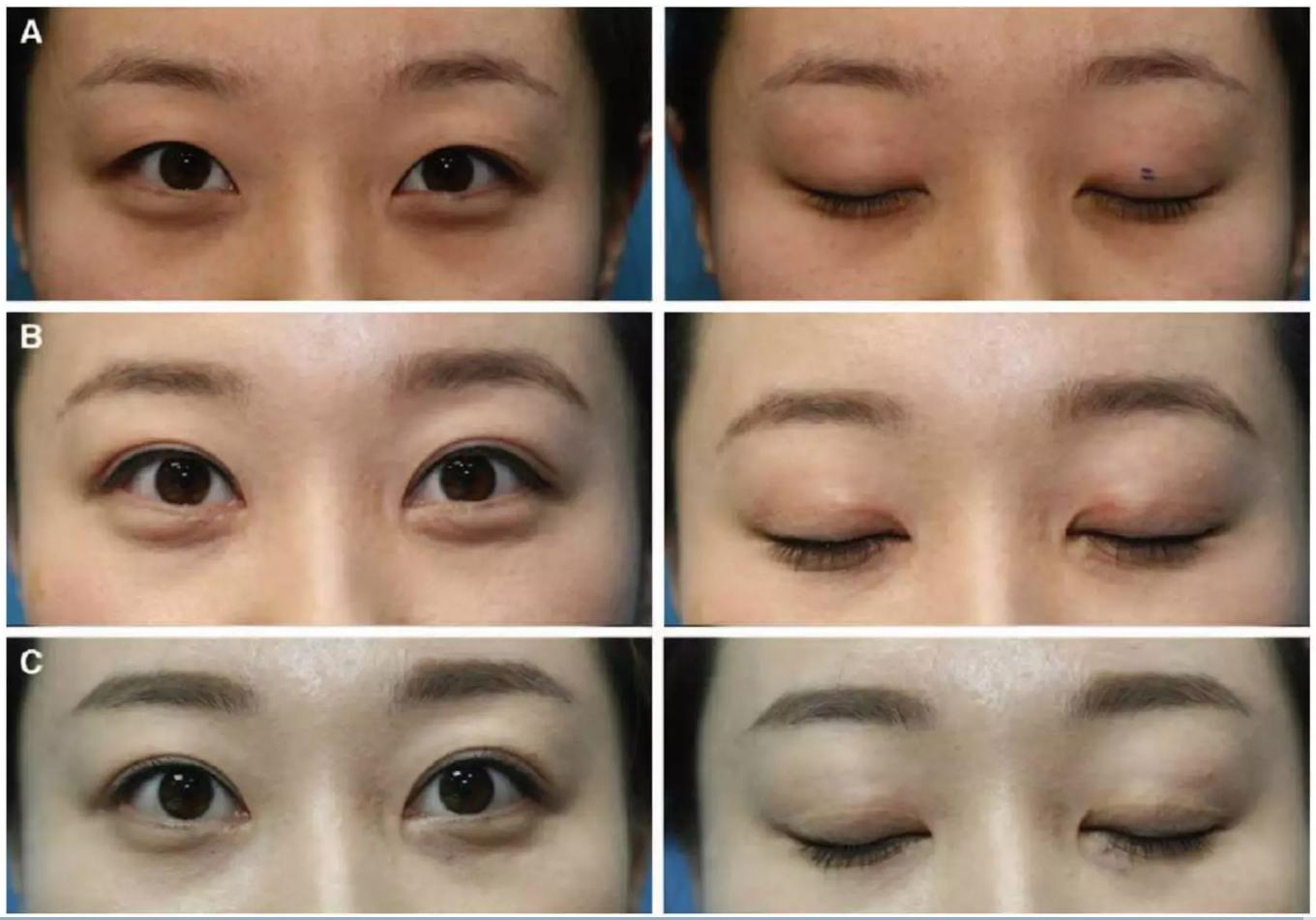Plastic Surgery: South Korea’s Booming Phenomenon
Plastic surgery: a term that sparks a plethora of different connotations when mentioned. In South Korea, especially in the past few decades, plastic surgery has integrated itself into everyday life to the point where the nation is known as the “Plastic Surgery Capital of the World.” In this blog, learn about the various aspects of this prominent practice in South Korea.
STATISTICS
To prove South Korea’s status as the Plastic Surgery Capital of the World, let’s explore some key statistics:
South Korea performs 25% of the world’s plastic surgeries
Ages 18-40 is the most common range for undergoing surgery
⅕ of women undergo surgery according to the International Society of Aesthetic Plastic
Some sources even estimate ⅓ of women!
~2-5% of men undergo surgery
The age group with the highest number of operations is 30-39 at 4%
Percent of cosmetic surgeries being foreigners increased from 20-30% in 2009 (according to NY Times) to 40-50% in 2022 (according to Harvard Medical Student Review)
The “Beauty Belt”, a 1 sq. mi. strip in the wealthy district of Gangnam, is home to over 500 surgery clinics
Left to right: A directory in Gangnam indicates a different plastic surgery clinic on each floor. A complex in Gangnam contains multiple dermatologist and plastic surgery clinics.
What is the History behind the Rise of Plastic Surgery?
Researchers have traced Koreans’ emphasis on physical beauty back to Gwansang, a 7th century belief that facial features could map one’s character and past, present, and future. Such beliefs that physical appearance could indicate character traits were amplified in the first half of the 20th century when Japan occupied the Korean peninsula. The Japanese used their physiological differences as additional justification of Japanese superiority over Koreans, claiming that the Japanese physique indicated a more intellectual mind. Even after gaining independence, Koreans would remain conscious about their appearance.
However, South Korea’s introduction to the actual practice of cosmetic surgery largely began when plastic surgeon Ralph Millard was stationed in the southern part of Korea during the Korean War (1950-53). As one of the most acclaimed and innovative plastic surgeons of the 20th century, he naturally performed many procedures on Koreans who hoped to adjust their undesirable features. A popular procedure was the double eye surgery, deemed to “de-orientalize” his Korean patients.
Example of the Gwansang practice
One of Dr. Ralph Millard’s patients: this woman was a female prostitute who, alongside many other prostitutes, hoped to appear more attractive to stationed American soldiers during the Korean War
So, what led to the rapid rise of plastic surgery that we are well aware of today?
THE WHY
To first set things straight, Koreans today do not receive plastic surgery with the intention of appearing more Caucasian. This has been cited as a rather Eurocentric notion, and even though certain procedures do resemble Caucasian features, Koreans value these features for other reasons. For example, skin whitening originated from the belief that lighter skin signified that a person belonged to a higher social class and did not have to labor outdoors.
There are a multitude of reasons for the rise of Korean plastic surgery, but overall, each reason goes back to the Korean beauty trend, promoting features such as double eyelids, a V-shaped, youthful-looking face, a thin nose, light and clear skin, and a slim figure.
THE ASIAN FINANCIAL CRISIS of the 1990s caused the Korean economy to collapse, increasing unemployment rates from 2.6 to 6.8% in a matter of a few years. Since job competition became stiff, employers increasingly began to consider candidates’ looks, a trend which continues to today. As surgeon Oh Myung Joon put it in a 2015 CBS Morning interview, “I think [we’re] more competitive than other areas of the world, very highly educated. . . . Everyone has the credentials, so how are you going to get ahead of it”?.
Largely thanks to the competitive workfield in South Korea, it is now a custom for parents to gift their children plastic surgery on special occasions like graduation. By doing so, their child may just have that higher edge needed to succeed.
KOREAN POP CULTURE has both impacted and been impacted by the Korean beauty trend, especially in relation to Korean pop music, or K-POP for short. As idols, K-POP stars are meant to embody the behaviors deemed ideal by the general public such as kindness, courtesy, humor, a hard work ethic, and a sense of youthfulness and purity. Naturally, such high expectations have influenced K-POP idols to receive surgery to physically match fans’ expectations as well. Large, round eyes provide a sense of youth and innocence. A V-shaped face gives a more thin and defined structure. A thin, softly-pointed nose tops off the idol’s slim stature. However, K-POP isn’t the only part of Korean pop culture that has connections to the world of cosmetic surgery; people like actors and TV hosts commonly undergo surgery too.
With the growth of Korean pop culture, these celebrities have interweaved themselves into everyday life: music, TV, posters in bus terminals, and even the large displays on tall skyscrapers. As a result, many fans have felt inspired to undergo similar procedures, subsequently increasing the growth of the cosmetic surgery industry. As one girl commented in an interview by BAZAAR, “Since IU’s (a popular K-POP singer) surgery was super trendy, I wanted to get it done, too”.
TWICE is an example of a popular K-POP group whose members have undergone some type of plastic surgery procedure
Subway advertisements, Seoul
PERSONAL REASONS, such as wanting to boost one’s confidence, wanting to raise one’s chances in dating, or simply just wanting to feel prettier, play a large factor into the popularity of plastic surgery too!
“If you can cover your complexities slightly, you can gain confidence.”
“You just wanna be prettier. Isn’t that the principle of makeup? To enhance yourself?”
(above opinions taken from BAZAAR interview)
SO WHAT ARE SOME COMMON PROCEDURES DONE IN SOUTH KOREA?
DOUBLE EYELID SURGERY, or more formally, blepharoplasty, typically involves the removal of muscle, fat, and skin around the eye. Double folded eyes are seen as more attractive due to their brighter, larger appearance as well as their associations such as kindness, youth, and innocence.
LIPOSUCTION/LIPOPLASTY is a body-sculpting procedure that uses suction to remove stubborn fat (anywhere on the body) that has not gone away even with dieting or exercise.
JAW REDUCTION SURGERY is used to essentially carve the face into a slimmer shape with a small chin. Surgeons take into consideration the patient’s specific requests regarding the jaw angle, chin, and mandible bone (the largest bone in the face which makes up the lower part of the jaw). The iconic “V-line”, as called colloquially, is a popular option which refers to a facial structure that is more defined and consists of a smaller chin.
When receiving a jaw reduction surgery, the ‘golden ratio’ of faces consists of a 1:1:1 ratio of space between the forehead to eyebrows, eyebrows to nose tip, and nose tip to chin. Also, when drawing two straight-down parallel lines from the nose tip and from the chin, the chin should extend out 0.8 times as much as the nose.
An common type of jaw reduction is the square jaw reduction surgery. It targets square-shaped and angular jaws by chiseling away at the mandible bone. Since there is now less bone structure, the surgeon adjusts the surrounding skin and muscle to prevent excess sagging. Additionally, patients commonly pair this procedure with others such as removing fat from the cheek area and suctioning off fat from the chin.
Diagram of the golden ratio
NOSE JOBS, or rhinoplasty, in South Korea generally consists of a slimmer and slightly concave and pointed nose. Some clinics have developed advanced technology which simulates a 3D model based on the client’s specific requests in regards to bridge width, symmetry, and humps and depressions.
Multiple aspects of the facial structure, such as exact proportions and angles, are considered.
WHY IS SOUTH KOREAN PLASTIC SURGERY SO HIGHLY ESTEEMED?
South Korea’s MEDICAL SYSTEM has garnered worldwide acclaim. For example, the Organization for Economic Cooperation and Development has repeatedly praised South Korea’s medical system for its efficiency and thoroughness, advanced equipment, cleanliness, and highly-trained staff selected from a competitive pool, characteristics which have all applied to the plastic surgery field as well.
Korean plastic surgery has a HIGH SATISFACTION RATE which can be attributed to its variety of specialized procedures. For example, Septo Aponeurosis junctionial thickening is a type of advanced blepharoplasty (eye cosmetic surgery) that creates a more dynamic eyelid, allowing the surrounding skin to move more fluidly and naturally with the eye’s movement. According to a survey following patients of the procedure, 95% of the respondents reported satisfaction any time from 2-8 years afterward.
The SATURATED MARKET of plastic surgery has brought costs down significantly for Korean patients, especially compared to many Western countries. For example, a typical rhinoplasty in the U.K. is roughly $7,000 while a rhinoplasty in South Korea is roughly $5,000. Another example, the typical cost of blepharoplasty in the U.S. ranges from $3000-4500, while the typical cost of blepharoplasty in South Korea ranges from $1500-2000. However, since similar beauty trends are on the rise around South Korea, many companies in neighboring countries such as China have begun to offer lower, more affordable prices too.
Example of tarsal fixation, a specific technique of blepharoplasty. Notice how when the eye is closed, the double eyelid is tightly, awkwardly positioned.
Example of Septo Aponeurosis junctionial thickening. Notice how when the eyelid is closed, the double eyelid is curved more naturally or is less noticeable compared to that of tarsal fixation.
RESPONSE OF CRITICS
Although many have praised plastic surgery as a practice that provides many benefits, others have also objected to the practice. Some believe that plastic surgery goes against the Korean cultural tendency to avoid drawing too much attention to oneself. One woman in an interview by BAZAAR expresses, “Though it’s great to hear a lot of people visit our country, personally, I think cosmetic surgery is to stand out, so I don’t think it’s good”.
Others also say that plastic surgery only amplifies further unhappiness with one’s true self. For example, as noted in “A Point of View: Does cosmetic surgery really make people feel better about their bodies?”, seven epidemiological studies found that women who undergo breast enlargement have a suicide rate at 2-3x greater than the general population. Such statistics could indicate that there may be underlying factors, such as body dysmorphia, that have led people to seek plastic surgery as a solution when it really is not entirely.
CONCLUSION
Although plastic surgery remains a controversial topic in not just South Korea but across the world, ultimately, the decision is up to the individual. South Korea is a prime example for viewing unique takes on plastic surgery, and when examining the history, culture, and techniques surrounding the South Korean plastic surgery field, it is not hard to see why the nation is crowned as the “Plastic Surgery Capital of the World”.
CITATIONS
Roots of plastic surgery
Additional Information on Why Koreans get Plastic Surgery
More on the History as well as statistics
General Overview of why Koreans desire the surgery
https://uweb.berkeley.edu/2022/01/23/true-beauty-the-economics-of-plastic-surgery-in-south-korea/
OECD Review on South Korean Medical System
BAZAAR Interview on Why Korean Women get Plastic Surgery
https://www.harpersbazaar.com/beauty/health/a20114059/seoul-plastic-surgery/
Cost of UK Rhinoplasty
“A Point of View: Does cosmetic surgery really make people feel better about their bodies?”
https://www.bbc.com/news/magazine-35380469
Information about the V-Line Face Shape
Behind the Plastic Surgery Boom in South Korea - CBS News
https://www.cbsnews.com/video/behind-the-plastic-surgery-boom-in-south-korea/


